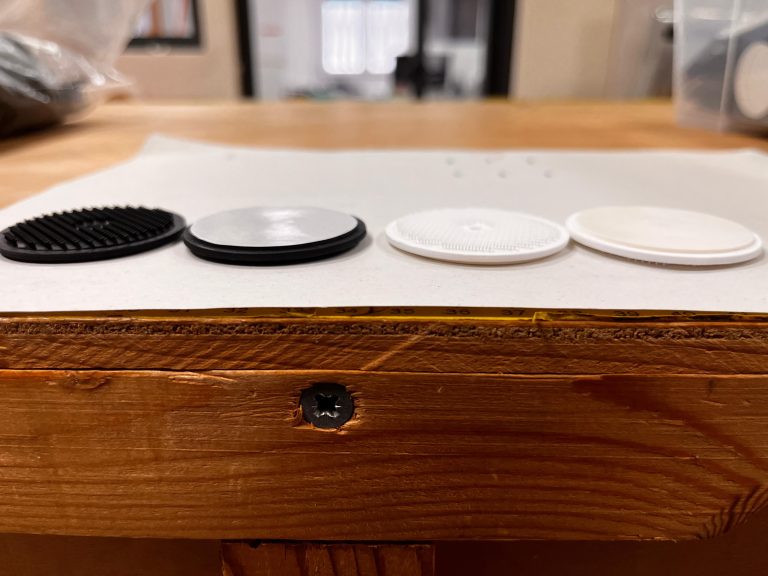 The only ways to design faster monohulls were usually righting moment, increasing form stability, reducing weight or increasing sail area. A practical alternative is now available, thanks to Hugh Welbourn’s Dynamic Stability Systems.
The only ways to design faster monohulls were usually righting moment, increasing form stability, reducing weight or increasing sail area. A practical alternative is now available, thanks to Hugh Welbourn’s Dynamic Stability Systems.
Boats with DSS use either two independent foils or a single carbon-fiber foil that can be extended athwartships — port and starboard — through a midship foil trunk via powered rollers. The horizontal foil increases vertical lift and stability as the boat accelerates. These foils do not have adjustable flaps on their trailing edges, thus presenting an unchanging foil profile to the water. Users can deploy or retract foil surface area for added lift and stability as the boat accelerates or as conditions demand, without the need to trim or articulate the foil’s profile shape via controls.
The horizontal foil of a DSS system functions like an airplane wing, increasing vertical lift and stability.
While some yachts require extra beam and extra volume in the bow, a DSS-designed boat can be narrower and lighter, with finer bow sections.
According to Gordon Kay, founder of Infiniti Yachts and co-founder of DSS, the system can either be retrofitted on existing boats or built into new yacht’s designs. Infiniti Yachts’ line of race boats, including the new Infiniti 46 and 53, are good examples of new designs incorporating the DSS.
Kay considered the use of the DSS in the Imoca 60 Class, even if the Class rules limit underwater appendages to 5, and count the DSS as 2already. “The Imoca class has problems that you wouldn’t have in other boats, and because of this, [their foils] aren’t as effective as they could be,” said Kay. To unlock DSS’s real potential it is necessary to avoid appendage-limiting rules and designing the hull around DSS.
About Comanche, Kay said that it power-reaches at heeling angles of 25 degrees, while a DSS boat power-reaches at heeling angles of 7 to 12 degrees.
“The gains are all over the boat, and they keep magnifying [with speed],” says Kay. Gains include raw boatspeed, stability and ride comfort, as DSS-equipped boats pitch and slam less than their canting- or fixed-keel rivals. This last point theoretically enables a more stable flow over the sail plan while also delivering a more seakindly ride.”“DSS gives you a lot more options as a sailor,” says Kay, “It provides a whole new set of gears and gives you a much wider range for your sails.”
After ten years of sailing tests, the DSS technology is expected to make the crossover to Corinthian race boats and to the performance cruising market.

Sun & Shade: Innovative Cushion Coupling Systems for Marine Upholstery
Sun & Shade is a specialist in upholstery and technical coverings, with






